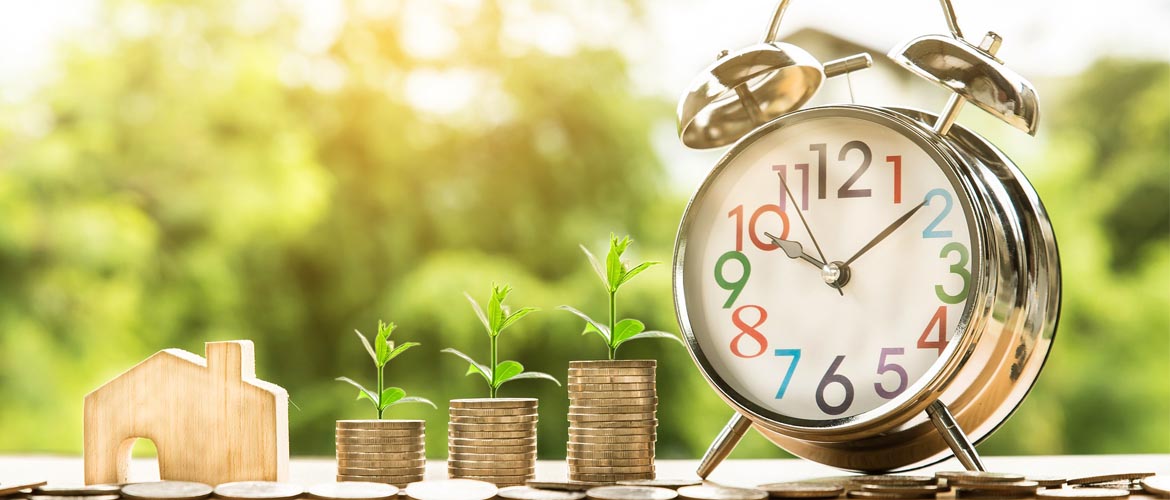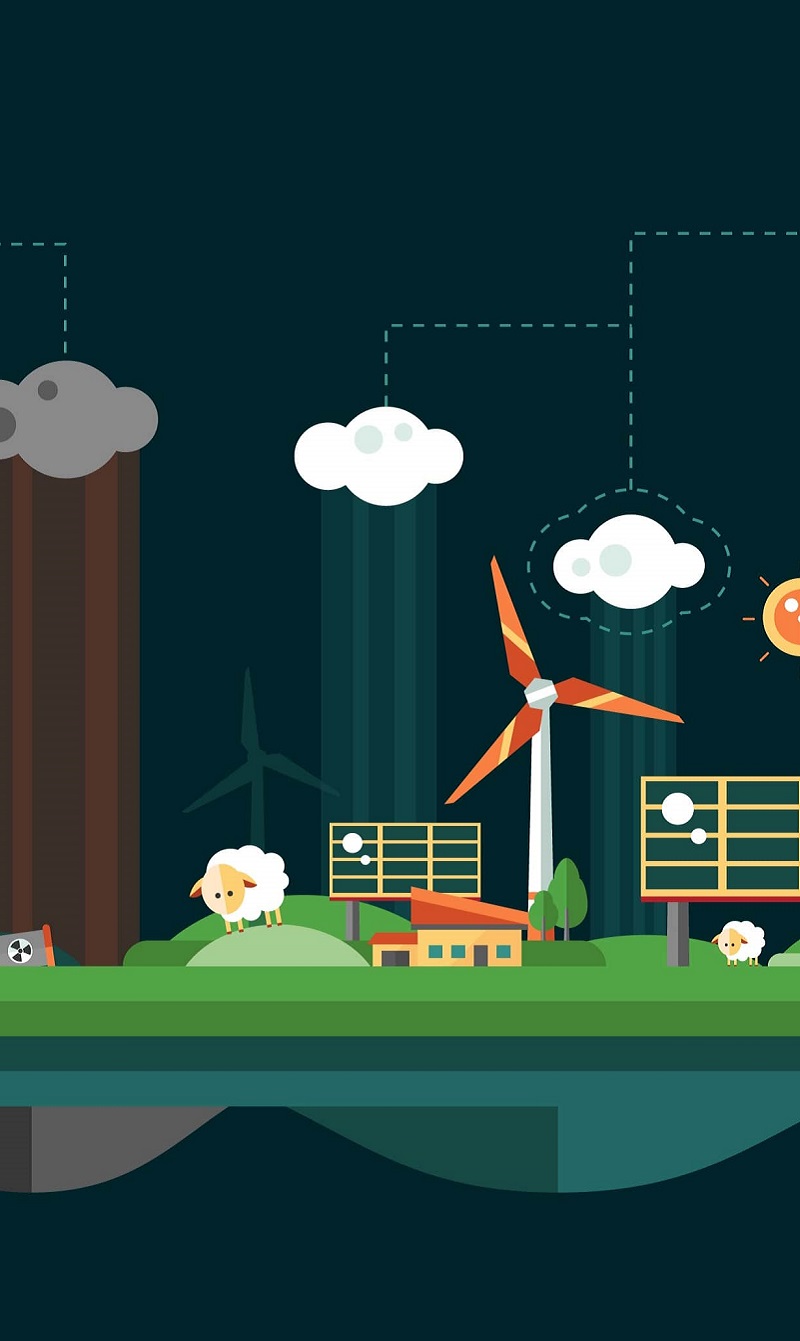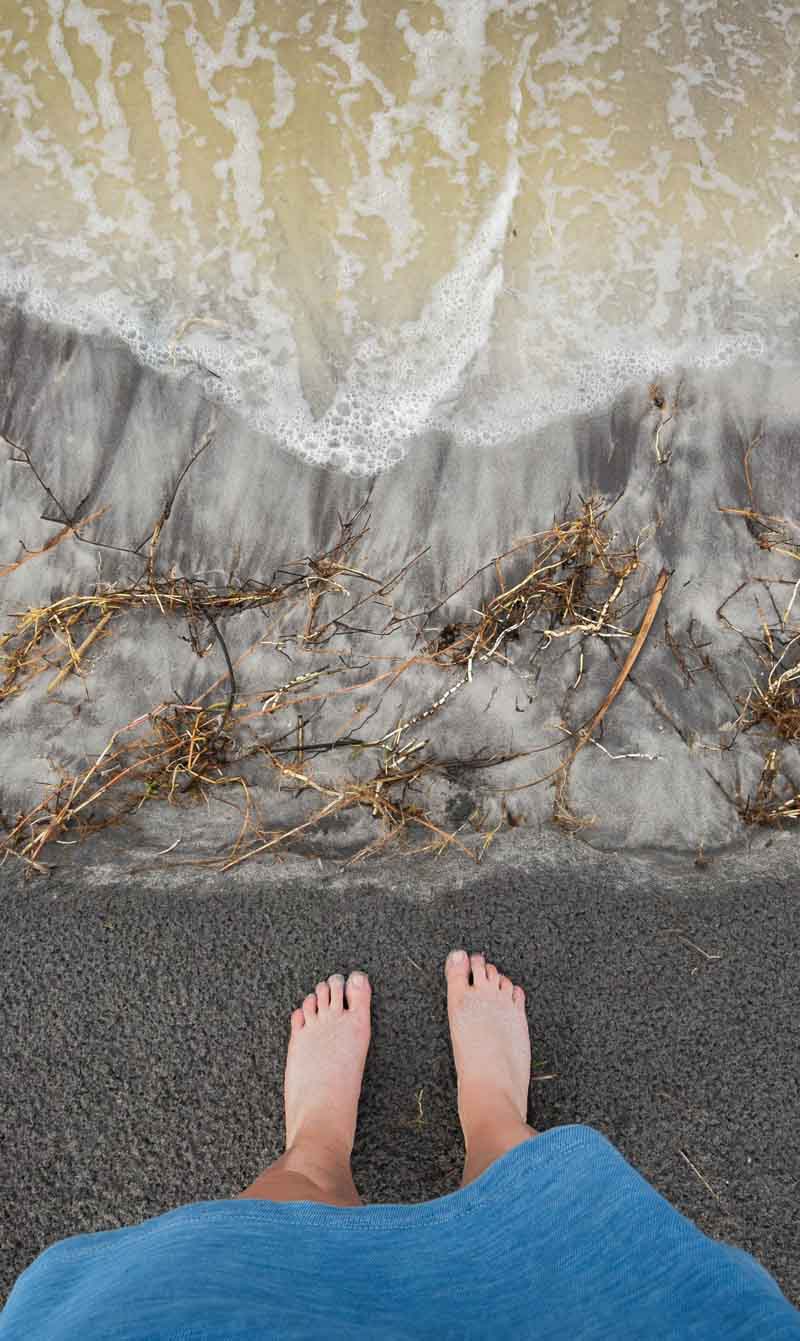Why do we need green economy?
All the fuss about green economy explained by an expert, as well as a consultant for governments and international organisations, who has extensive experience in research and policy advocacy on development and sustainability issues.
So much has been speculated about green economy, its advantages and how countries are looking to thrive in it, globally. In fact, it’s the topic for WIEF Roundtable 2017 in Jakarta where Dr Hezri Adnan, Fellow of the Academy of Sciences Malaysia, will be moderating one of its three sessions. Adnan has done plenty of research concerning issues such as natural resources governance, sustainable development strategy and green economy. His knowledge has made him a consultant on these areas for governments and organisations around the world.
A whole-of-society challenge like sustainability requires a whole-of-government approach to governance.
On Malaysia’s sustainable development strategy in the next two decades, Adnan feels Malaysia requires the creation of a new logic of development that recognises the limits of the country’s natural ecosystems to move forward. ‘There’s enough evidence to say that Malaysia is no longer a resource-rich country that it once was. Reversing further environmental degradation requires nothing short of institutional change,’ he says.
In his book The Sustainability Shift: Refashioning Malaysia’s Future, he outlines three necessary institutional reforms namely: institutional hardware, institutional software and institutional heartware. ‘A whole-of-society challenge like sustainability requires a whole-of-government approach to governance. That is, Malaysia needs to revamp its coordinating mechanisms to address silos within government, the private sector, and civil society. For a more robust legal safeguard, Malaysia needs a comprehensive review of both the Federal and State legislation,’ he opines.
‘The property rights regime that govern the interaction between Federal and State governments in managing natural resources also requires some improvements. These are the hardware components. To improve the institutional software, Malaysia needs holistic vision, policies and indicator systems,’ he continues. ‘Finally, on “heartware” side, Malaysia must tweak its education policies and capitalise on common-shared values to build a sustainable society. Although this is primarily a long-term objective, the concrete steps must be undertaken urgently by all stakeholders in government, the private sector and civil society.’
And that, ladies and gentlemen, is merely a scratch on the surface. Below, Adnan gives in-depth answers to a few more questions on green economy and particularly, in Southeast Asia.
What is green economy?
A green economy is one that results in improved human well-being and social equity, while significantly reducing environmental risks and ecological scarcity. That’s the definition offered by the UN Environment. In practice, green economy policies promote increasing investments in low-carbon technologies, support infant green firms, shift energy-use towards renewable sources, and manage natural resources such as fisheries and forests more sustainably. A more radical definition of green economy advocates the reframing of economic progress as understood and practiced by most nations. This model promotes the following shifts: from growth quantity to quality, from the consumption of physical to non-physical outputs, and from technological to wider socially embedded innovations.
Why do we, the global community, need green economy?
For over two centuries, our socio-economic development doesn’t sufficiently consider the adverse side effects that economic production and consumption have on the environment. As a result, crises involving water and air pollution, resource degradation, biodiversity loss, food insecurity and so on have become critical. The Millennium Ecosystem Assessment in 2005 concluded that 60 per cent of ecosystem goods and services that support human livelihoods had been degraded. Climate change likewise poses serious threats to the survival of humankind. In other words, industrialisation has been responsible for turning the natural ecosystems into a resource base on the one hand and a sink for wastes on the other.
Following the food-fuel-financial crises from 2008 to 2011, the global community began to realise that we can’t afford economic growth that’s blind to ecological problems and natural resources scarcity. Instead, we need new business models where profit doesn’t compromise short-and long-term ecosystems services. Greener development pathways are now attainable through the option of a green economy, broadly defined as low-carbon, resource-efficient and socially inclusive.
What are Southeast Asia’s actions to move toward a green economy?
Most governments here have recently embarked on internal processes to identify and develop specific areas of green opportunity to encourage the expansion of the environmental goods and services sectors. Indonesia for example through its Presidential Regulation No. 5/2006 called for biofuels to make up 15 per cent of the country’s energy mix by 2025. In 2011, Indonesia launched a National Action Plan to Reduce Greenhouse Gas Emissions which sets targets and strategies to reduce greenhouse gases (GHG) in the major sectors such as agriculture, forestry and peatland, energy, transportation, and waste management. The Vietnam National Green Growth Strategy (VGGS) was approved by the Prime Minister in September 2012, aiming to achieve a low carbon economy by restructuring the economy and reducing GHG emissions. It defines specific emission reduction targets for the energy sector and unconditionally commits itself to reduce its GHG intensity per unit of gross domestic product (GDP) by 8 to 10 per cent by 2020 compared to 2010 levels.
However, there are few system-wide green economy strategies and institutional systems in place in Southeast Asia in comparison to East Asian frontrunners like South Korea, China, and Japan. Cambodia was one of the earliest countries to articulate a holistic design for green economy through the Cambodia Green Growth Roadmap.
What about Malaysia’s actions to move toward a green economy?
Malaysia only formulated its system-wide greening intervention in 2015 by incorporating green growth as one of the country’s six strategic thrusts as spelled out in the Eleventh Malaysia Plan (2016 to 2020). Before this, in 2009, Malaysia launched the National Green Technology Policy and suite of policy instruments such as a financing scheme and other green incentives to mainstream the usage of newly available environmentally-friendly technologies.
How can developing countries benefit from a green economy?
Many developing countries face severe economic and social threats from the environmental insecurity that undermine their development. By reorienting their development strategies along low carbon and resource-efficient pathways, these countries can foster the healthy growth and economic diversification that can reduce poverty and lower their vulnerability to climate change and disasters.
Is it even viable for developing countries to practice green economy?
Developing countries in general, face structural challenges which include moderate to high levels of poverty, a large informal economy, weak capacity for investment as well as inadequate governance and institutions. Additional policies are needed to address those structural issues and future distributional consequences to enable these countries to reap the benefits from a green economy.
The starting point is to ensure that the drive to greening the economy emanates out of the ‘national interest’ of a particular country. There’s a higher chance of policy continuity if a state intends to be less polluting to improve the quality of life of its populace. Similarly, the green economy policy objective is more likely to succeed if a country intends to create a new growth engine through the expansion of green sectors. In other words, a green economy must be treated as a country’s development and industrial strategy.
What is Malaysia’s sustainable development strategy in the past decade?
Malaysia has emphasised the importance of ‘balanced development’ since the 1970s. The policy statements made in the major government documents, however, were at times not supported with the necessary legal, financial and technical resources. Hence, environmental degradation had prevailed despite Malaysia putting in place numerous policies on environment and natural resources management.
The pollution control legal framework, Environmental Quality Act, was legislated way back in 1974. Similarly, the legal framework for nature preservation, Protection of Wildlife Act, was introduced in 1972 and has been enforced throughout Peninsular Malaysia since 1973. More policy statements on biodiversity, climate change and solid waste management were declared in subsequent years. Over time, a delivery approach based on task segregation or departmental specialisation has led to increasing policy fragmentation when issues in need of cross-sector action are instead managed in silos.
How will environmental degradation in the next two decades impact sustainable development globally and in Malaysia?
The future will be a challenging one with the drivers of planetary environmental change projected to continue pressuring the Earth System. With the launch of the Sustainable Development Goals in 2015, we can expect more concrete actions to address sustainability to be rolled out. Global cooperation is necessary with the green economy expected to be growing in importance as we march towards 2030 and beyond.
What can we expect from the WIEF Roundtable in Jakarta?
With the presence of eminent panellists, we can expect to be enlightened with concrete lessons from the past. I’m also looking forward to being inspired by innovative ideas for a more sustainable future in Southeast Asia and the broader world.
___________________
To meet Dr Hezri Adnan and other experts, join the WIEF Roundtable discussion on green economy on Thursday, 5 Oct 2017 at Hotel Le Méridien, Jakarta, Indonesia. Free registration and more information here.





